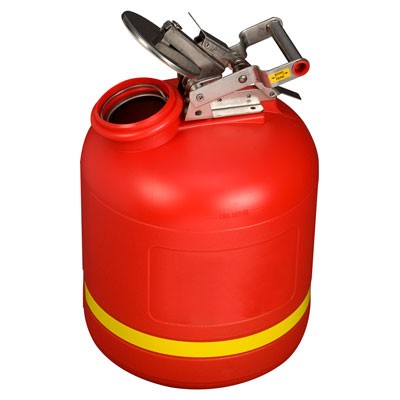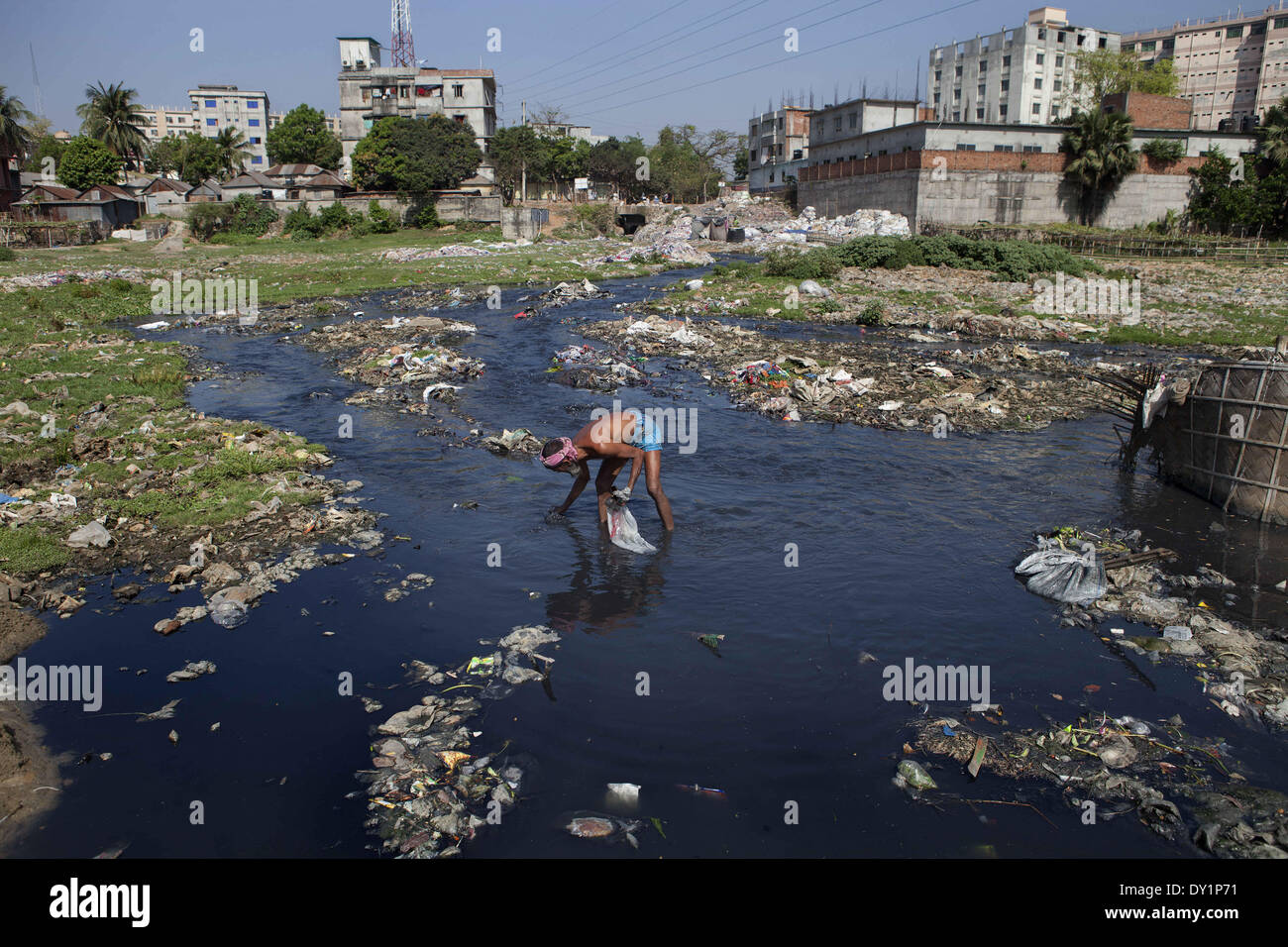Leading Industrial Wastewater Treatment Solutions: Making Certain Compliance and Efficiency
Wiki Article
How Fluid Garbage Disposal Works: A Comprehensive Summary of Strategies and Technologies Used

Overview of Fluid Waste Types
The complexity of fluid waste kinds demands a detailed understanding of their qualities and implications for disposal. Fluid waste can broadly be classified into a number of kinds, consisting of industrial, local, agricultural, and contaminated materials. Each category shows distinct residential properties, calling for particular administration strategies to reduce ecological and health and wellness threats.
Industrial liquid waste stems from manufacturing processes and commonly consists of an array of impurities, such as hefty steels, solvents, and natural substances. Local liquid waste, largely consisting of wastewater from houses and business facilities, consists of organic issue, nutrients, and microorganisms (industrial wastewater treatment). Agricultural fluid waste, consisting of runoff from farms, may consist of fertilizers, pesticides, and pet waste, posing threats to water top quality and ecosystems
Harmful fluid waste is defined by its poisoning, reactivity, or potential to trigger harm. Understanding these varied fluid waste types is vital for creating reliable disposal techniques and making certain conformity with ecological laws.
Physical Therapy Approaches

Testing is the first step, where larger fragments and debris are eliminated from the liquid waste making use of screens or grates. This process shields downstream equipment from damage and guarantees smoother operation. Complying with screening, sedimentation makes use of gravitational pressure to different solids from liquids. In sedimentation tanks, heavier bits settle near the bottom, forming a sludge layer, while the clarified fluid can be more dealt with.
Filtration is one more important method that involves passing the liquid via permeable materials, such as sand or membrane layers, to capture smaller sized bits. This step enhances the high quality of the liquid, making it ideal for subsequent treatment procedures.

Chemical Treatment Methods
Chemical treatment methods are crucial for effectively handling liquid waste, especially in attending to dissolved and colloidal pollutants that physical techniques may not properly remove. These techniques utilize numerous chemical agents to reduce the effects of, speed up, or change dangerous substances right into less hazardous forms.One typical method is coagulation and flocculation, where chemicals such as alum or ferric chloride are included to advertise the aggregation of put on hold bits. This process boosts sedimentation, enabling much easier elimination of the resulting sludge. In addition, oxidation procedures, utilizing representatives like chlorine or ozone, are employed to break down intricate organic compounds and virus, rendering the waste much safer for discharge or further therapy.
Neutralization is an additional crucial strategy, which readjusts the pH of acidic or alkaline waste streams to neutral levels, protecting against potential harm to downstream systems and the setting. Furthermore, advanced oxidation procedures (AOPs) make use of mixes of oxidants and ultraviolet light to deteriorate consistent toxins, attaining a higher level of treatment performance.
Organic Treatment Procedures
Biological treatment processes play an essential role in the administration of fluid waste by utilizing bacteria to decay organic matter and reduce impurity levels. These procedures can be broadly classified into cardiovascular and anaerobic treatments, each employing particular microbial communities to achieve reliable waste deterioration.Cardiovascular treatment involves making use of oxygen to promote the failure of organic materials by microorganisms. This procedure is generally executed in turned on sludge systems, where oygenation storage tanks provide a conducive setting for microbial growth, leading to the oxidation of natural pollutants. The resultant biomass can be separated from treated effluent with sedimentation.
In contrast, anaerobic treatment takes place in the absence of oxygen, counting on different germs to damage down organic issue. This method is especially advantageous for high-strength waste, as it produces biogas, a renewable resource resource, while reducing sludge manufacturing. Technologies such as anaerobic digesters are often employed in municipal and industrial applications.
Both anaerobic and aerobic biological therapies industrial wastewater treatment not just minimize the environmental impact of liquid waste however also assist in resource healing, making them essential elements of lasting waste monitoring approaches. Their performance, performance, and flexibility sustain their widespread implementation throughout numerous sectors.
Arising Technologies in Disposal
Ingenious methods to liquid waste disposal are swiftly progressing, driven by advancements in innovation and an increasing focus on sustainability. Amongst these arising innovations, membrane layer bioreactors (MBRs) have acquired grip for their ability to integrate organic treatment with membrane layer purification, causing high-quality effluent that can be reused in numerous applications. MBRs enable smaller sized footprints and extra efficient procedures contrasted to conventional systems.An additional encouraging growth is using anaerobic food digestion combined with nutrient recovery technologies, which not only deals with fluid waste yet likewise creates biogas and recovers important nutrients like nitrogen and phosphorus. This double advantage boosts resource effectiveness and lowers ecological influence.
Additionally, advanced oxidation procedures (AOPs) are being taken on for the deterioration of intricate natural toxins. These techniques use effective oxidants and stimulants to damage down contaminants at the molecular degree, supplying a highly effective service for challenging waste streams.
In addition, the assimilation of synthetic intelligence and machine learning in waste monitoring systems is enhancing operational performance and predictive upkeep, leading to lowered prices and improved ecological compliance. These innovations reflect a substantial shift towards even more sustainable and efficient liquid garbage disposal techniques.
Final Thought
In conclusion, efficient fluid garbage disposal necessitates an extensive understanding of numerous techniques and technologies. The combination of physical, chemical, and organic therapy methods makes sure the efficient administration of varied waste types. Moreover, the appearance of cutting-edge technologies improves treatment effectiveness and advertises sustainability in waste management practices. By continually progressing these methodologies, it becomes feasible to deal with the expanding obstacles linked with fluid waste, ultimately adding to environmental management and resource recovery.Liquid waste disposal is an essential element of environmental management, calling for a thorough understanding of different techniques and technologies tailored to various waste types. Liquid waste can broadly be classified into numerous types, consisting of commercial, community, farming, and dangerous waste. Agricultural liquid waste, consisting of runoff from ranches, may contain plant foods, chemicals, and animal waste, posing dangers to water high quality and ecological communities.
Different physical treatment methods play an essential duty in managing fluid waste effectively - industrial wastewater treatment.In final thought, reliable fluid waste disposal necessitates an extensive understanding of numerous strategies and technologies
Report this wiki page